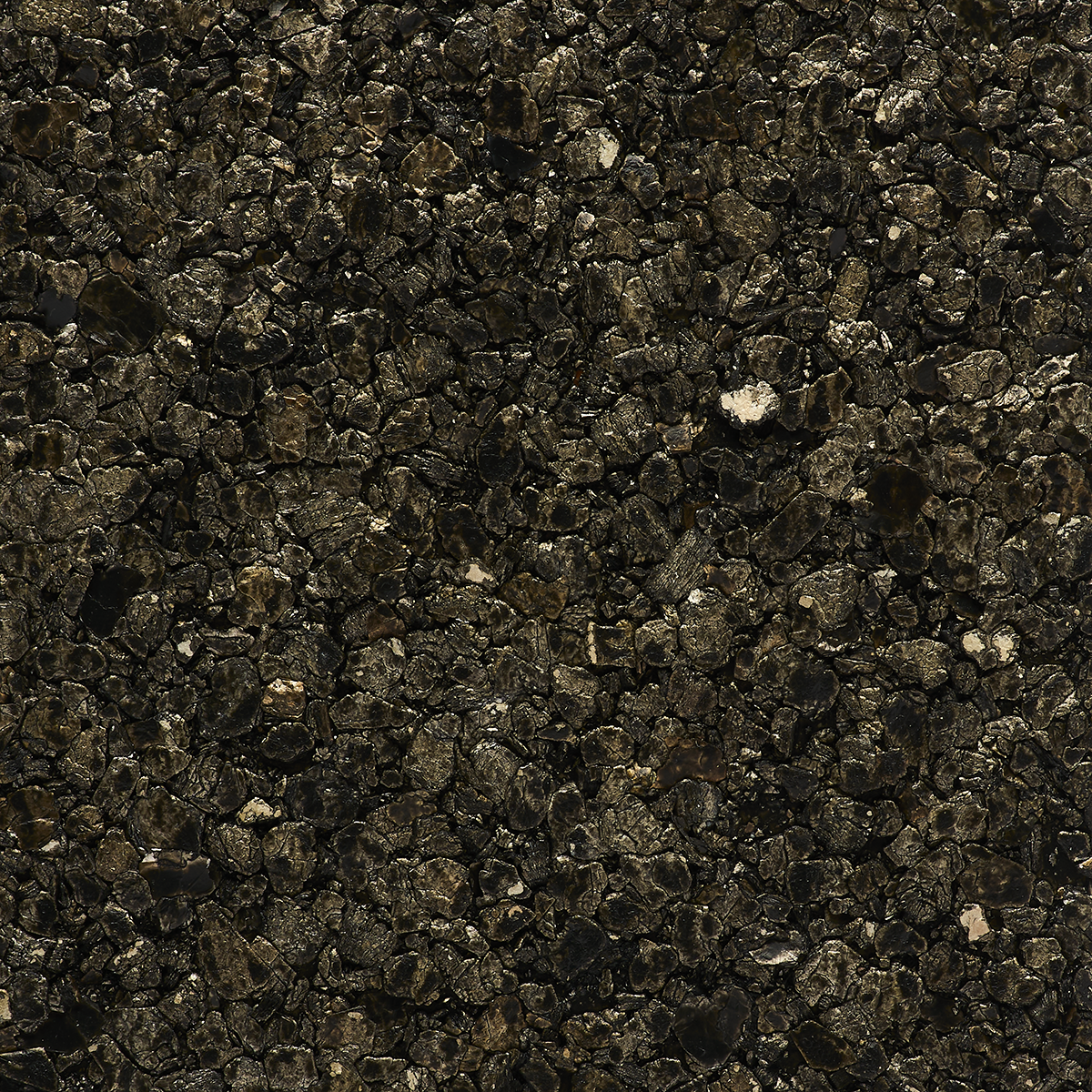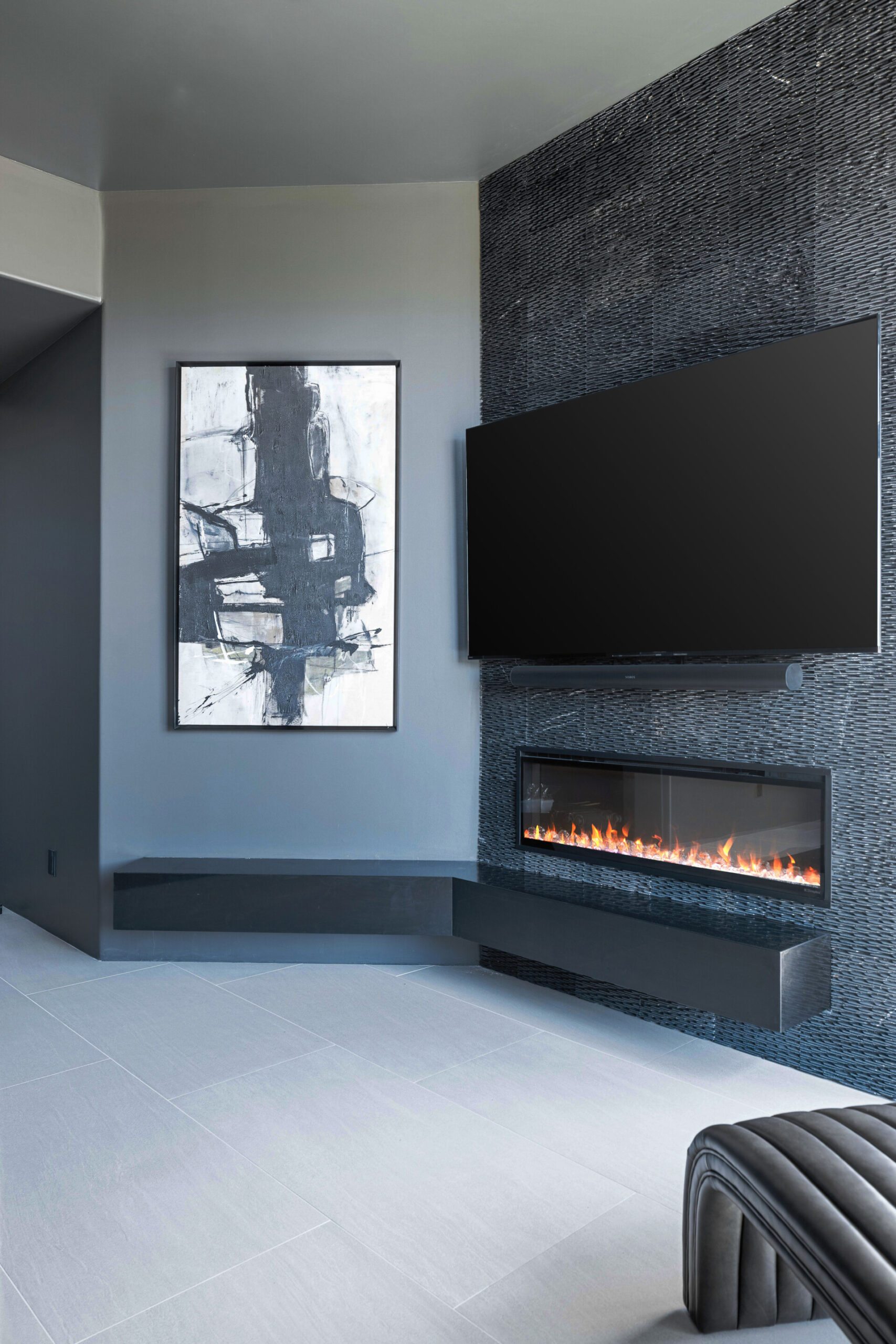Creating a space that feels rich, layered, and inviting isn’t just about color and furniture placement. Texture plays a key role in transforming a room, adding depth and intrigue to the space. By incorporating a variety of textures, you can create a visually engaging environment.
Textured Wallpaper: More Than Just a Backdrop
Gone are the days when wallpaper was a flat, two-dimensional accent. Today’s textured wallpaper options range from grasscloth to silk, and even embossed designs that mimic stone or wood. These materials can bring a tactile element to your walls, making them not just a backdrop, but a feature on their own. Whether you choose a subtle linen texture to add softness or a bold 3D geometric design to make a statement, textured wallpaper introduces a dynamic quality that draws the eye. It’s perfect for accent walls or smaller spaces like powder rooms, where the texture can add a surprising element of luxury.
Pro Tip: Pair textured wallpaper with smooth, glossy finishes elsewhere in the room to create a balanced contrast that feels thoughtfully layered.




Textured Tile: Flat Surfaces Fall Flat
Flooring and wall tiles are often overlooked as a texture source but can make a massive impact. Consider using materials like stone, ceramic, or even textured porcelain tiles to create a grounded and sophisticated space. For the floors, textured tiles add slip resistance and a tactile feel underfoot, making them practical for areas like bathrooms or entryways. On the walls, a stone or textured porcelain tile adds dimension and a natural, organic feel that instantly elevates the room.
Pro Tip: Use larger textured tiles for open spaces to make them feel more expansive. In smaller areas, mosaics or smaller tiles can add a more intricate visual detail without overwhelming the space.




Upholstery: Layer Softness and Comfort
Incorporating different fabrics and materials with your upholstered items is another effective way to add texture to a room. Think beyond standard cotton or leather sofas and opt for materials like velvet, boucle, or linen. Each of these fabrics offers a unique texture that can shift the tone of a room from casual to luxe. Don’t be afraid to mix textures—pair a plush velvet sofa with sleek leather armchairs, or a soft linen couch with a chunky knit throw. These combinations create a cozy and inviting environment, perfect for lounging.
Pro Tip: When selecting upholstered pieces, consider how the texture feels as well as looks. Soft textures enhance comfort, while rougher, more tactile surfaces can add contrast and intrigue.

Wood & Metal Details: A Timeless Touch
Wood and metal details, whether in furniture or wall accents, are a simple yet timeless way to introduce texture into your home. Fluted wood panels create a retro warmth, while sleek, polished metal accents—like brass or iron—add a modern, industrial edge. Wood furniture with a distressed or hand-carved finish can become the centerpiece of a room, adding character and texture that tells a story. Likewise, metal furniture with a matte or hammered finish offers an element of craftsmanship that feels bespoke and artisanal.
Pro Tip: Use a mix of metal finishes—like brushed nickel and antique brass—for a layered look, and pair them with natural wood pieces for balance.

By adding texture through wallpaper, tiles, upholstery, and wood and metal details, you can turn a flat, uninspired space into one that feels lively and engaging. Texture not only adds visual intrigue, but it also enhances the tactile experience of your home, making it a place that feels just as good as it looks. So, whether you’re remodeling, refurnishing, or starting fresh, consider texture as a key component in your design. With the right mix of materials and finishes, your home can transform into a dynamic, inviting space that’s full of character and warmth.
